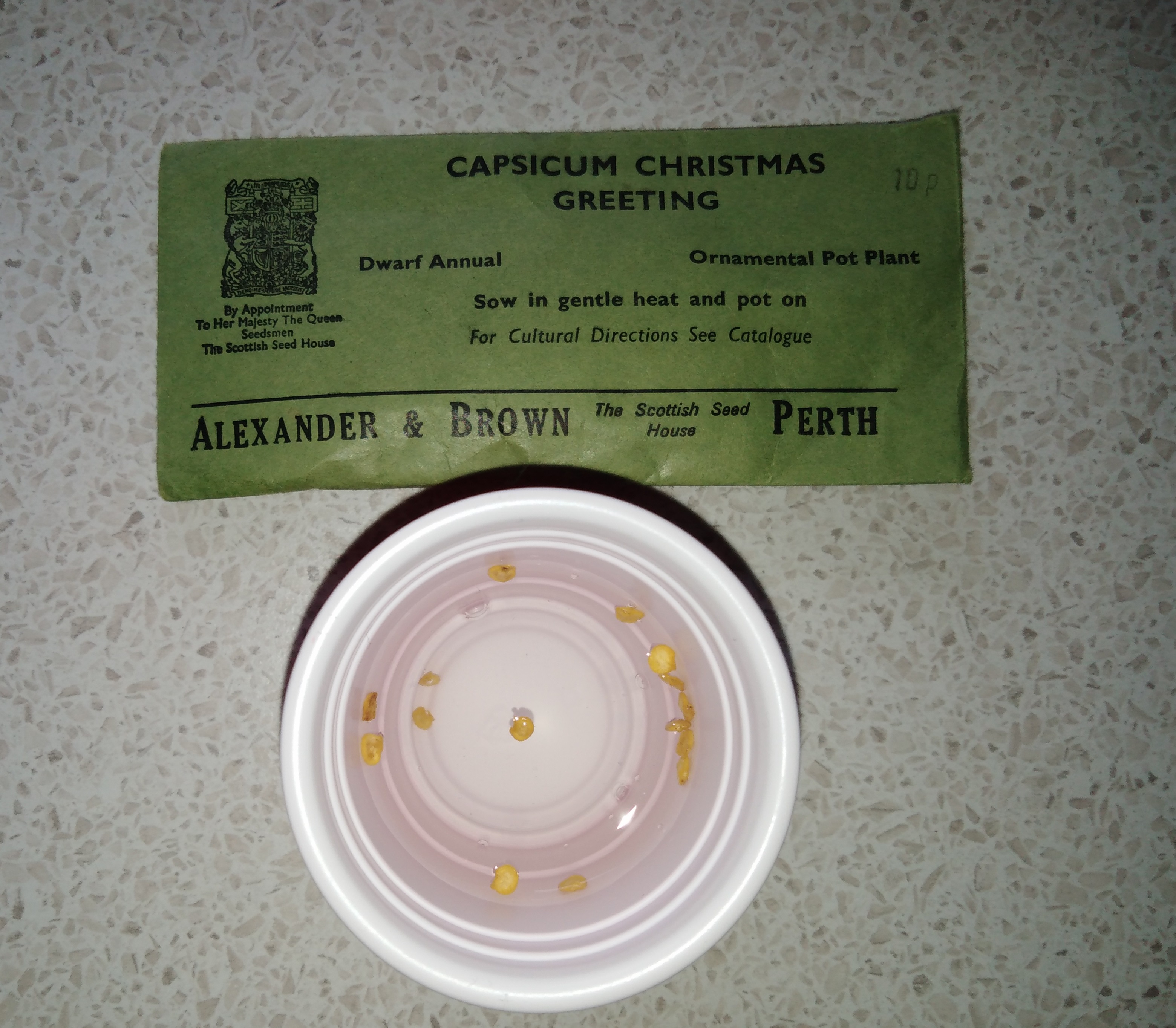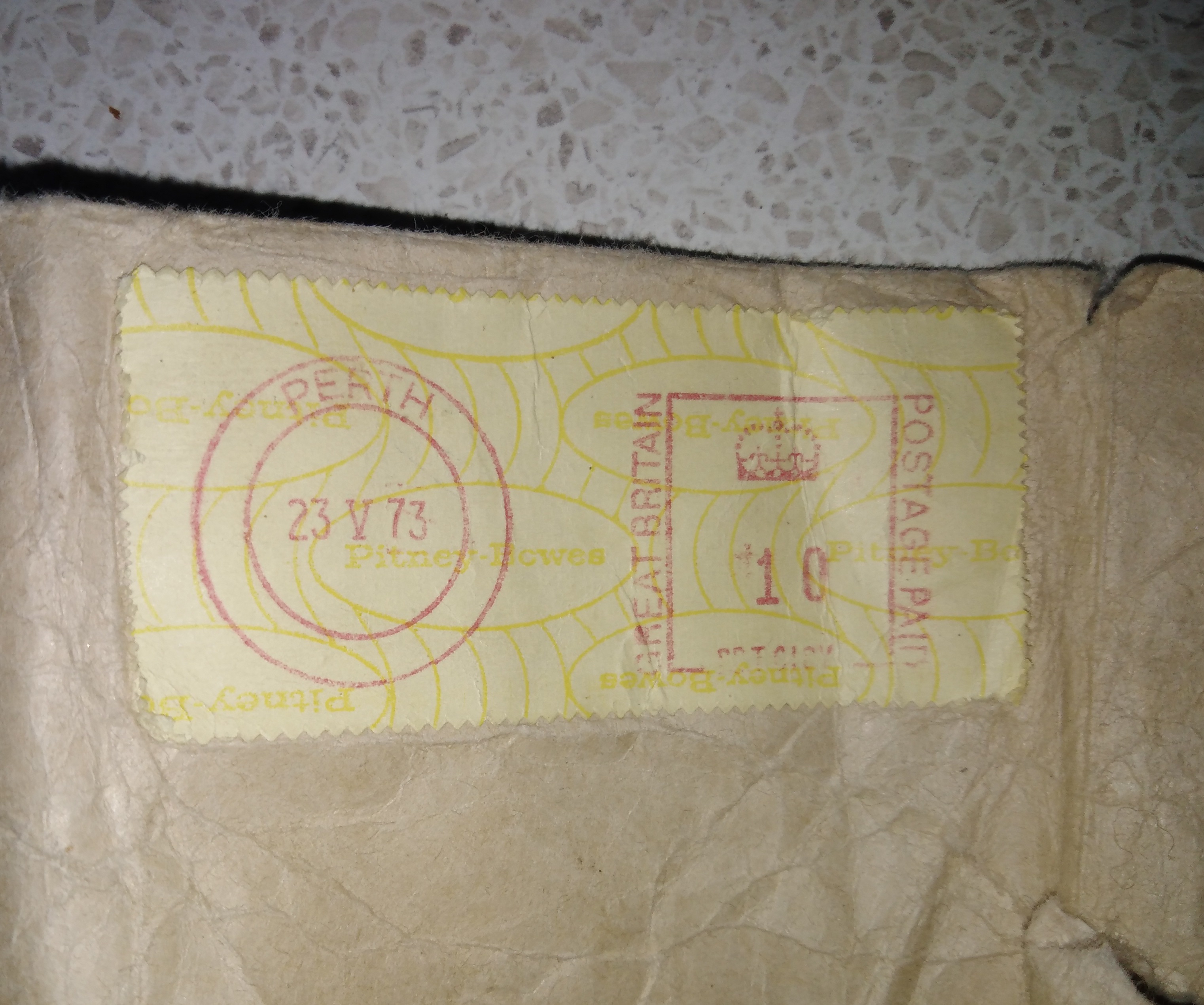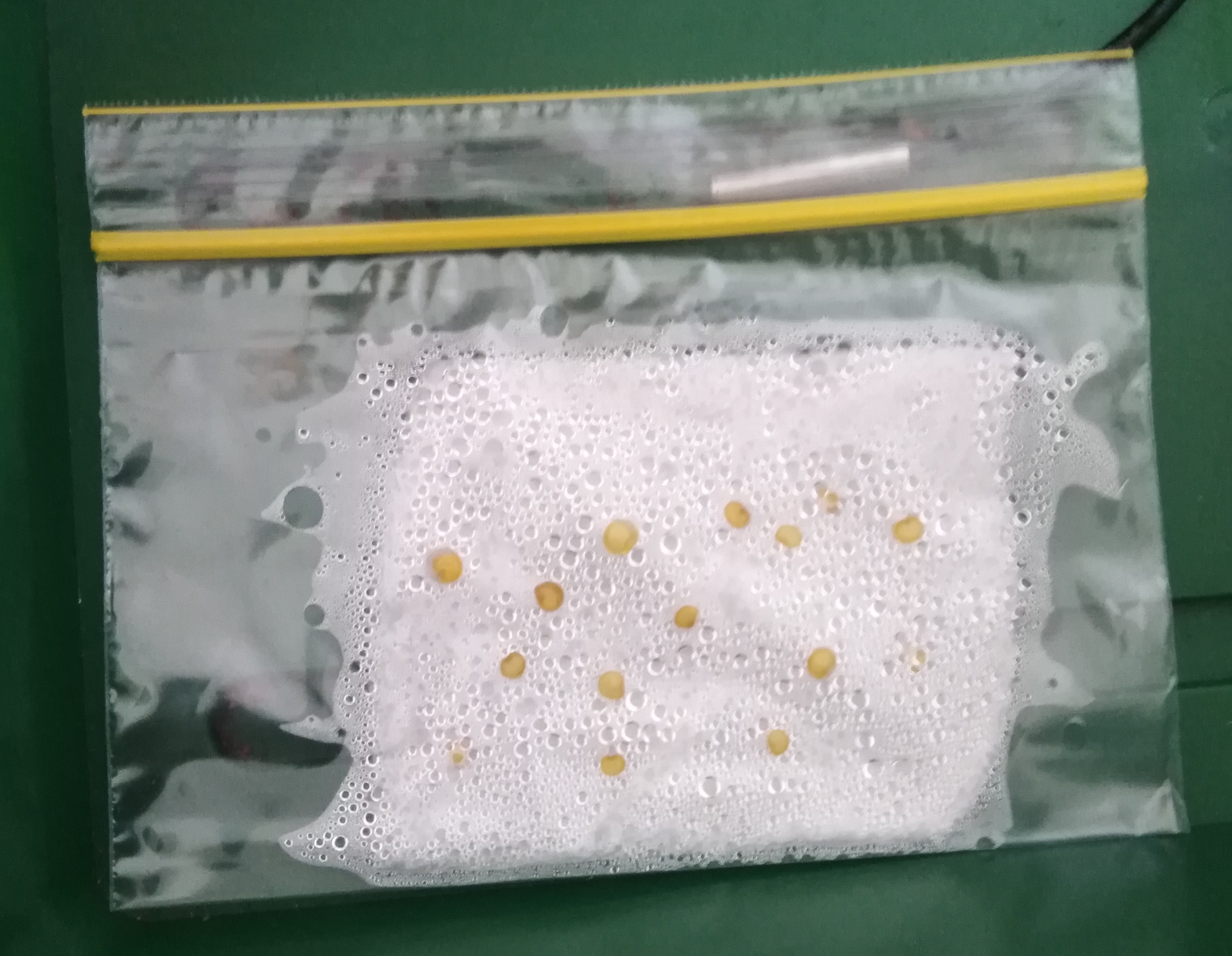Hi. My grandma found out about my hobby and gifted me some old seeds. She bought them from Scotland in 1973 which makes the seeds about 45 years old (or perhaps even older).
What are the chances of them germinating?
I'm going to try a kno3/water soak before putting them on a heat pad.
Can I do anything else with seeds this old to maximise the chance of germination?
It would be really cool to give her a plant if the seeds germinate and I don't want to risk doing anything that could prevent them from germinating.
Here are some pictures:
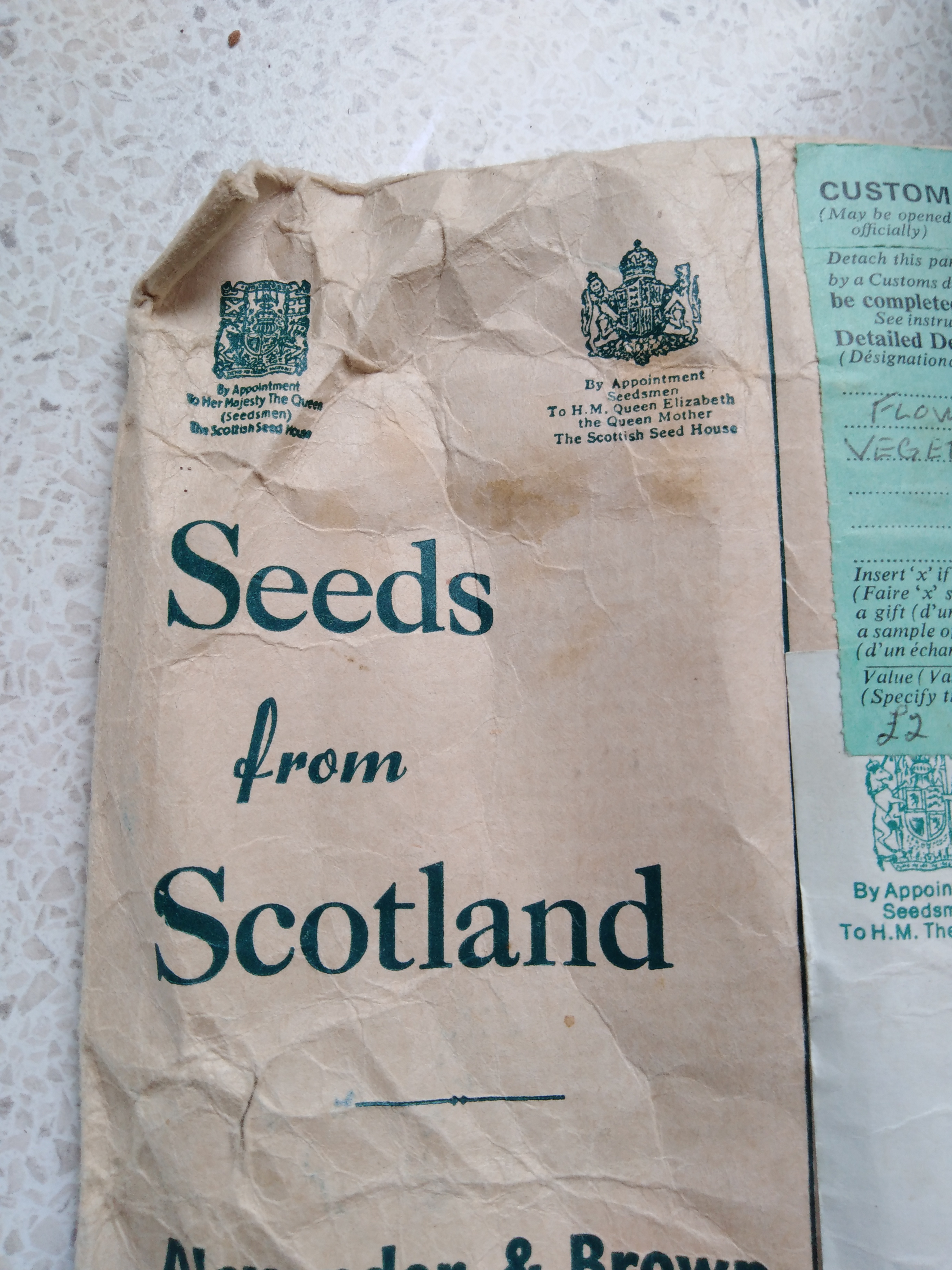
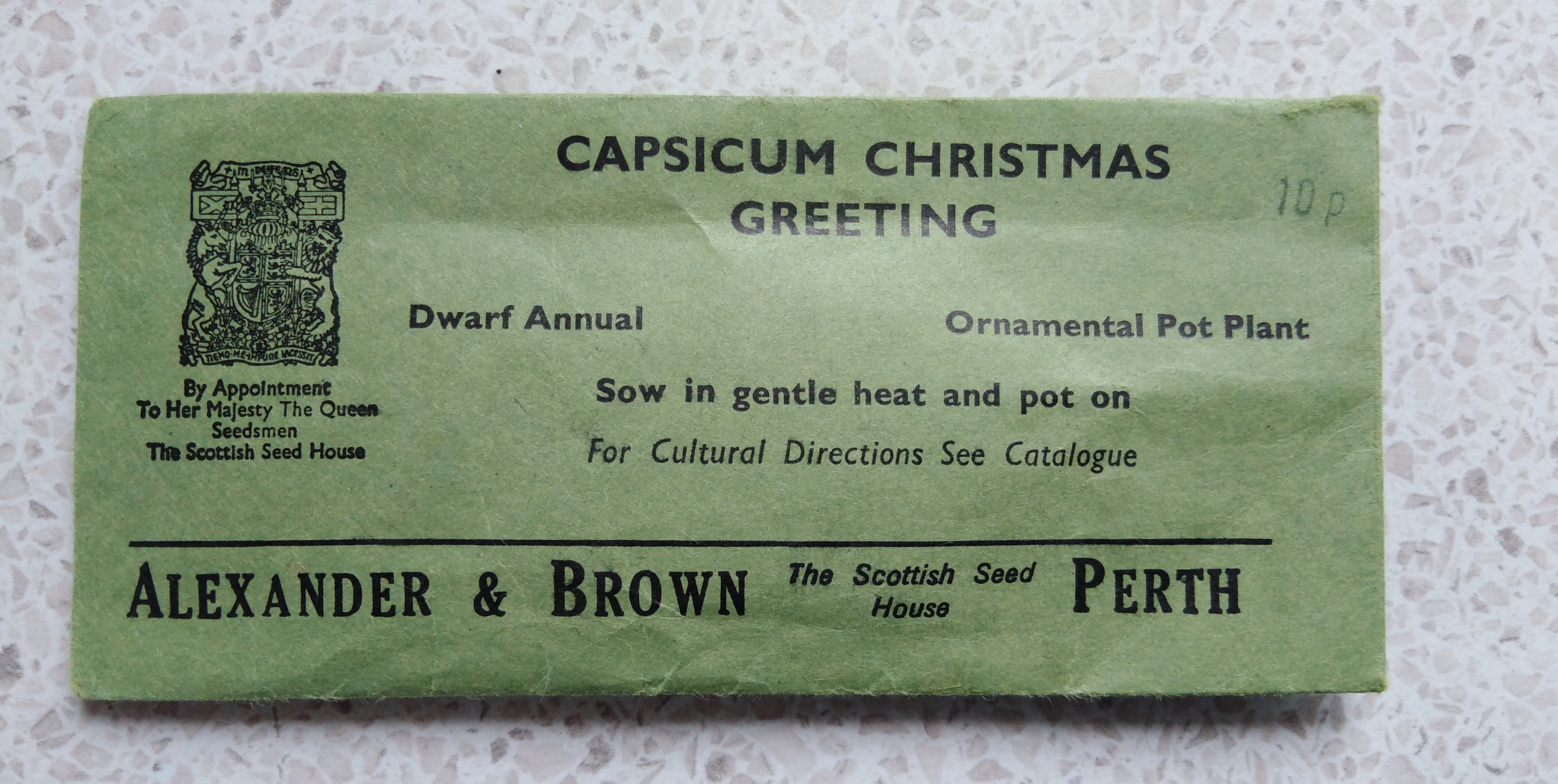
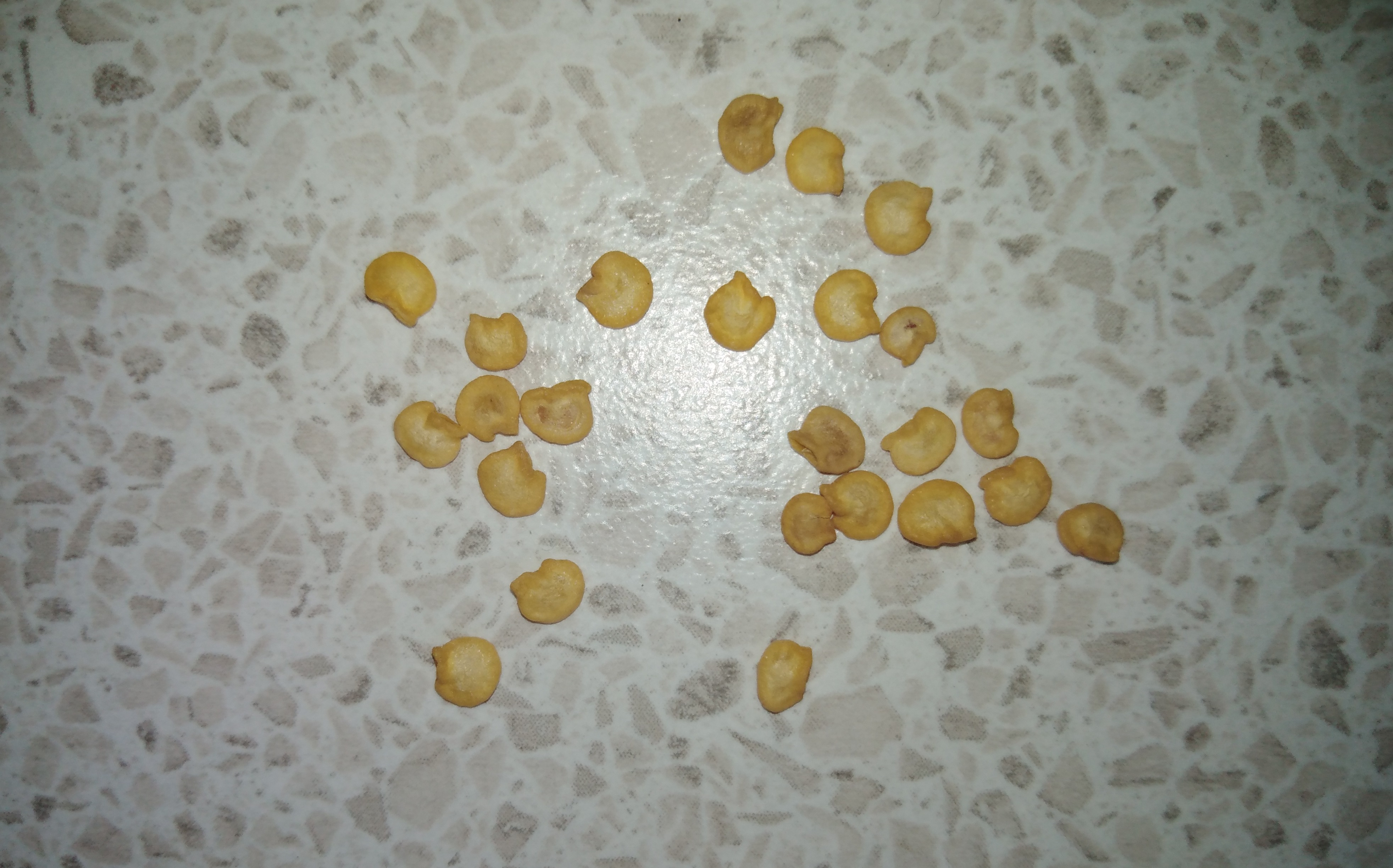
Thanks.
What are the chances of them germinating?
I'm going to try a kno3/water soak before putting them on a heat pad.
Can I do anything else with seeds this old to maximise the chance of germination?
It would be really cool to give her a plant if the seeds germinate and I don't want to risk doing anything that could prevent them from germinating.
Here are some pictures:



Thanks.

 .
.